How to predict the angle of sunrise for the perfect landscape photography
Follow the sun
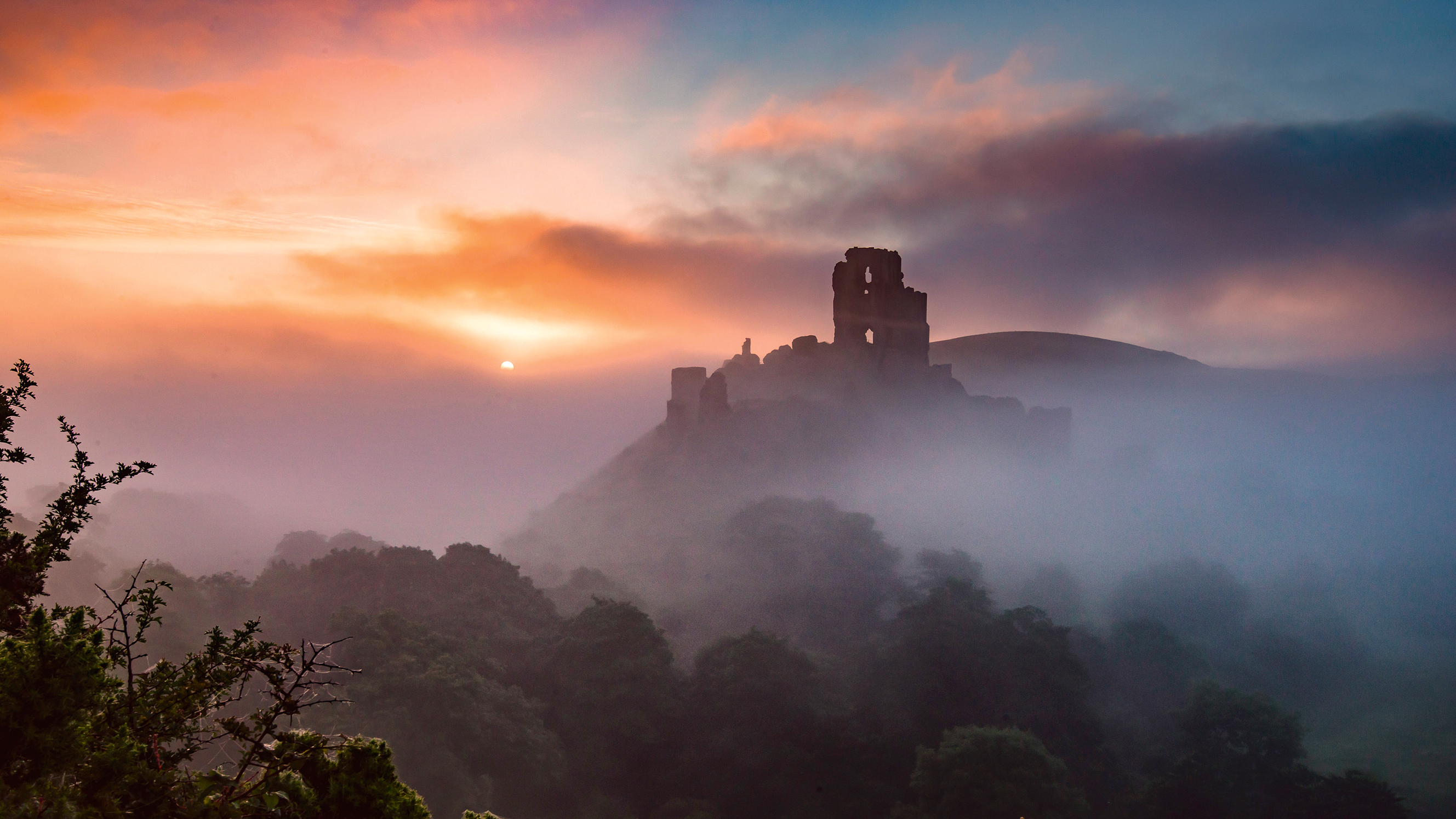
Photography is all about light: its direction, angle, quality and strength. Scenes can look very different under varied lighting conditions and, as any landscape photographer knows, the most attractive natural light occurs at the start and end of the day.
Not only does the low angle of the sun create pockets of light and shade that reveal the contours of a landscape, its rays have to pass through more of the earth's atmosphere, causing the light to take on the warm qualities that result in vibrant sunrises and sunsets.
If you can work out how the light will behave in advance, you'll have a huge advantage when shooting landscapes. This is where technology can help. With a smartphone, all the information you need is at your fingertips. In the last few years several apps have been developed specifically for this purpose, including the excellent PhotoPills.
It's possible to chart the trajectory of the sun with such precision that you can even predict exactly where it will appear in your composition. Here we'll use PhotoPills along with other planning tools to work out exactly where the sun will rise. With smart tools like this, we can predict the angle of the sun and determine the most vibrant part of the sky long before going out to shoot it.
Step by step: Plan your sunrise shoot
1. Check the weather
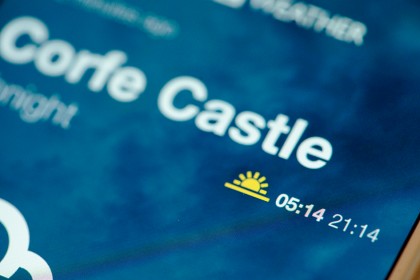
First, check the weather. Ideally you want partial cloud. If it's miserable and wet, stay in bed! Next, check the time of sunrise. There's a moment when the colours are at their peak, but it lasts for minutes at most, so be ready.
2. Plan your position
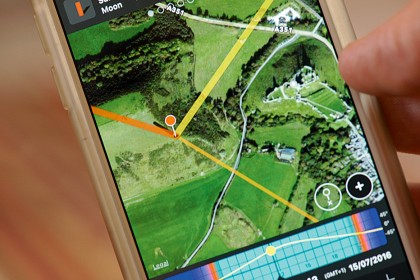
Use Google Maps to scout out the location. Here a hill to the west of our subject offers an elevated position. Now open the PhotoPills app (or the Photographer's Ephemeris app) and check the sunrise angle.
3. Check the position
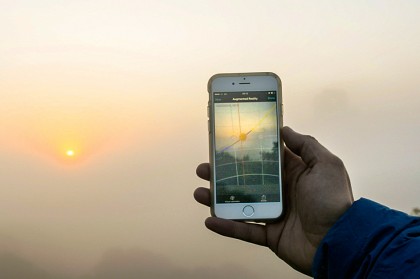
Upon arrival, check the position of the sun using PhotoPills' augmented reality mode. Patience might be needed: Corfe Castle here was initially shrouded in mist, but 20 minutes later, the mist had cleared just enough.
Get daily insight, inspiration and deals in your inbox
Sign up for breaking news, reviews, opinion, top tech deals, and more.
4. Compose the shot
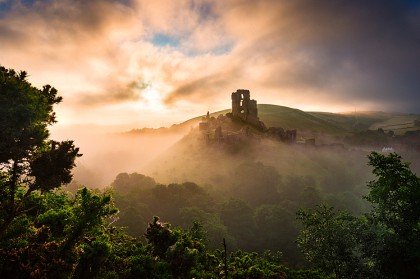
Keep the camera off the tripod at first; this will free you to experiment with framing. As well as the sun, include foreground details. Focus one-third of the way in (or use PhotoPills to obtain the hyperfocal distance) and shoot.